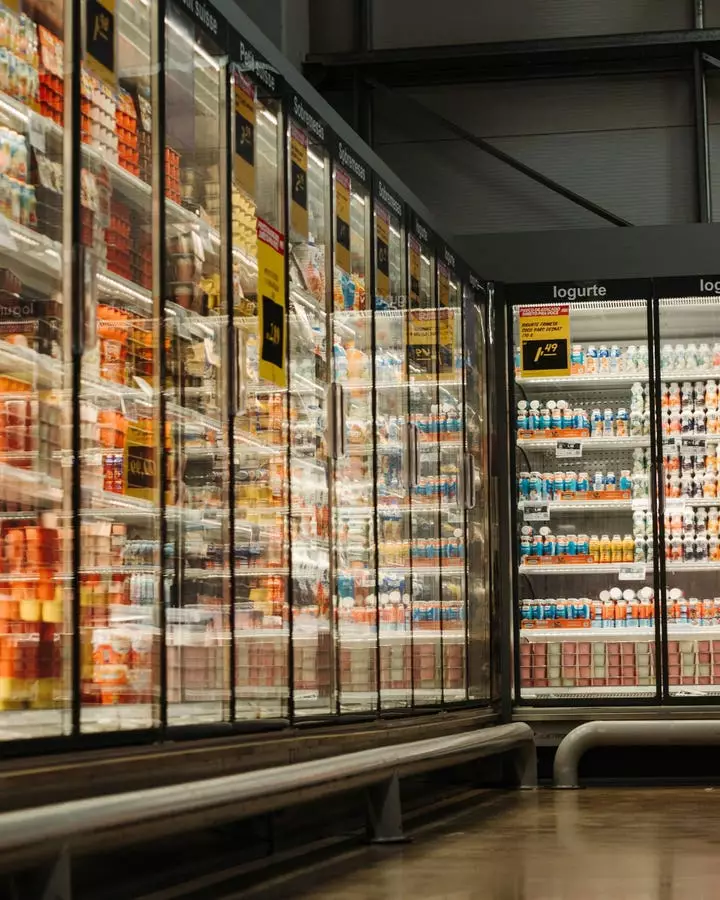The shifting landscape of import tariffs poses significant implications for consumers and grocery shopping habits, especially as recent policies have continued to evolve. With the potential for these tariffs on imported goods, a ripple effect is expected to emerge, affecting grocery store prices and altering the fundamental dynamics of consumer shopping behavior. Understanding how these tariffs influence the market can help consumers make informed choices in the face of rising costs.
At their core, tariffs are taxes levied on goods imported from other nations, primarily aimed at protecting domestic industries. By increasing the cost of foreign-produced items, tariffs serve to encourage purchasing local goods, thus bolstering American manufacturing and agriculture. However, while the intention is to support local economies, the direct consequence is often a rise in consumer prices. Grocery stores may find themselves in a bind as they weigh the options of passing these additional costs onto consumers or finding ways to absorb them without sacrificing their profit margins.
Several everyday grocery items, particularly fresh produce, are poised to become significantly more expensive due to tariffs. For instance, avocados—a pantry staple for countless American households—are primarily imported from Mexico. An increase in tariffs would contribute directly to heightened costs during peak seasons, affecting not just individual consumers but also restaurants and food service establishments that rely on steady avocado supplies.
Citrus fruits, including staples like oranges and lemons, are also frequently imported from countries such as Argentina and Spain, particularly during times when U.S. production is either insufficient or unavailable. Should tariffs rise on these imports, consumers may face shortages and inflated prices, particularly during the harsh winter months when domestic supply lags behind.
Berries are another category affected by these potential cost hikes, as they often come from Latin American sources during winter months when domestic farms cannot keep pace with demand. Meanwhile, garlic—largely imported from China—stands out due to the limited domestic production. As approximately 80% of the world’s garlic supply comes from abroad, a rise in tariffs could lead to a more widespread garlic scarcity in mainstream grocery stores.
Additionally, tropical fruits, such as bananas and pineapples, are predominantly imported from Central and South America. With minimal domestic alternatives available, even slight increases in tariff rates could translate to significantly higher prices for these essentials.
Grocery stores face a precarious balancing act in the face of rising costs. Some may choose to absorb the costs resulting from tariffs to maintain customer loyalty and sales volumes. However, smaller retailers, especially those that predominantly stock imported goods, might find it untenable to absorb these added expenses. Rather than merely skimming profits, they could face the grim reality of reducing product variety or even shuttering their doors.
At the same time, consumers find themselves confronted with tougher choices. Price-sensitive shoppers may gravitate toward discount or bulk retailers in an effort to offset rising prices. Others might opt for a more conscious shopping behavior, prioritizing local and seasonal produce options to sidestep the escalating costs of international fruits and vegetables.
The changing grocery landscape may push consumers toward embracing local and in-season products more fully. As imported items become pricier due to tariffs, demand for domestically sourced alternatives could surge, which could, in turn, invigorate local agriculture. However, this shift may also pose an outcome where demand pressures drive local prices upward, creating complexity in the market.
In the long run, adaptability will be key for consumers navigating this evolving landscape. Seasonal availability of certain items might become the norm as grocers limit imports to keep costs manageable. Moreover, shoppers may witness a transition in store brand offerings, with an increase in local products aimed at managing tariff-related pricing fluctuations.
As the intertwining nature of global trade policies and everyday grocery expenses becomes more apparent, the implications of rising tariffs on imports resonate throughout consumers’ wallets. While the imposition of tariffs may have been crafted to bolster domestic industries, the immediate aftermath speaks to higher grocery bills for consumers reliant on imported goods. Both shoppers and grocery stores will need to adapt to a new normal, balancing their choices between cost and availability in an increasingly localized grocery environment. As these shifts unfold, the grocery-buying experience in the U.S. is on the cusp of significant transformation, where sustainability and locality may ascend in importance against a backdrop of rising prices.


Leave a Reply